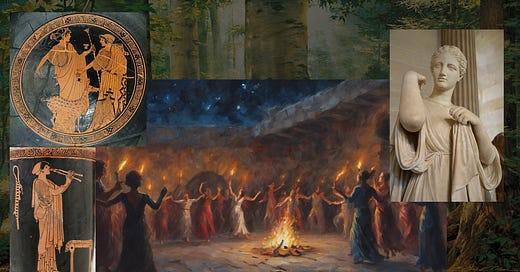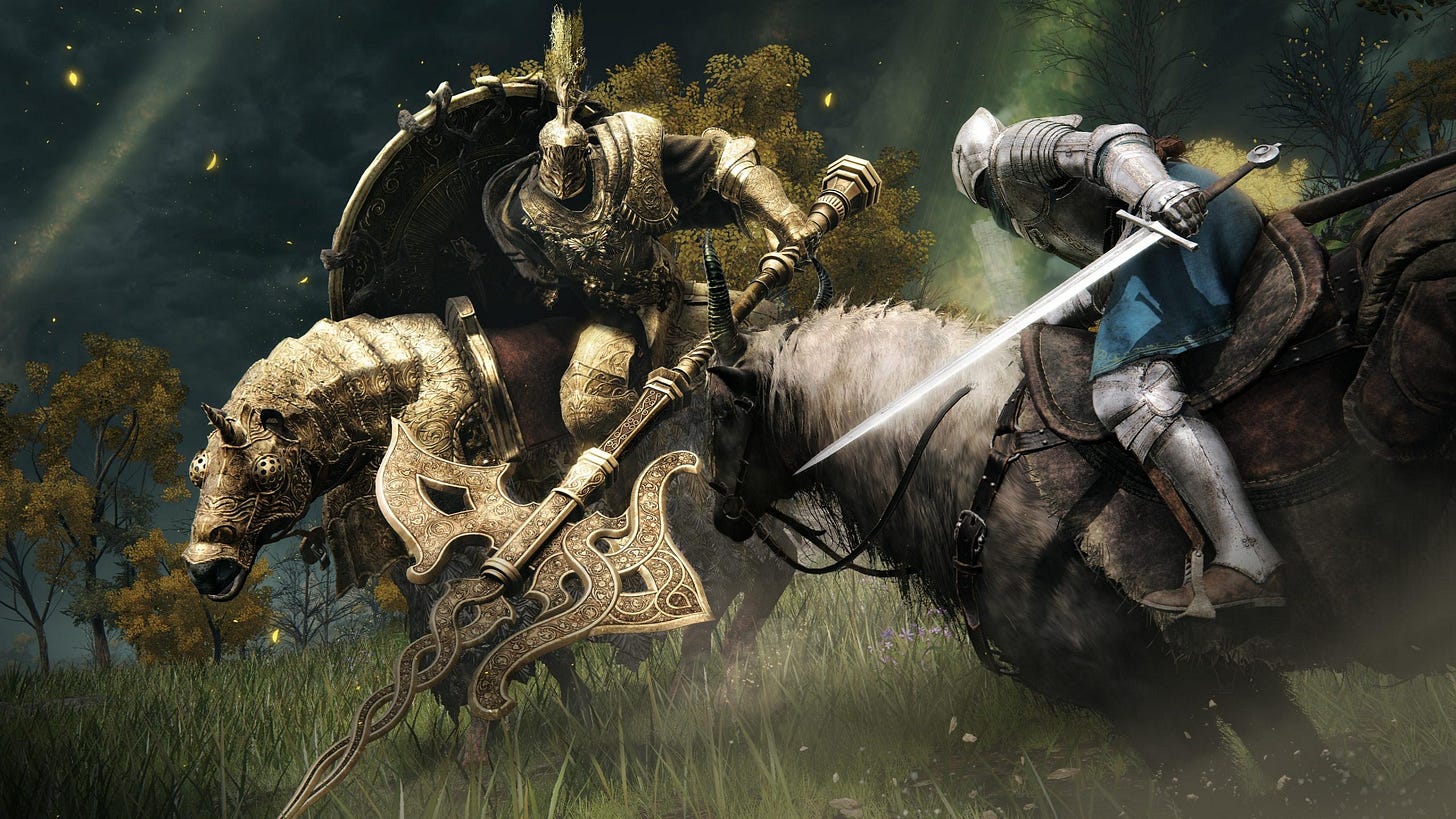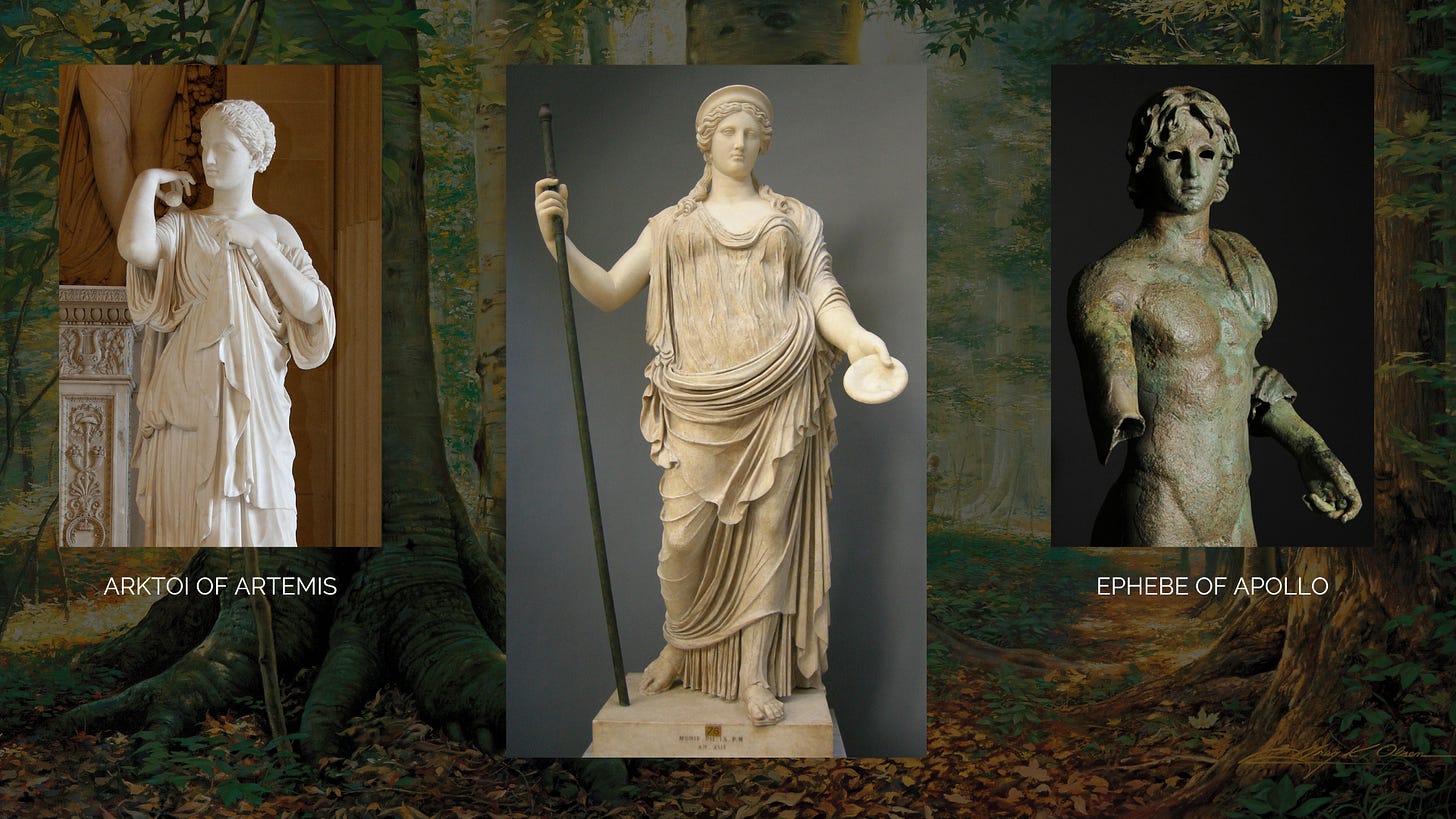In many spiritual traditions, humanity’s story begins with Manu, the archetypal first man, lawgiver, and progenitor. Manu’s lineage symbolizes order, structure, and a linear unfolding of civilization. But this is not the only ancient story. Beneath the surface of many Indo-European myths lies a deeper, more primordial ancestor, Yemo, the sacred twin who represented cosmic wholeness and primordial unity.
In the Norse tradition, this ancestor appears as Ymir, the primordial giant whose body shapes the world. Among the Germanic peoples, the figure of Tuisto, the “two-fold” or “twin,” holds a similar place as the cosmic progenitor. Both Ymir and Tuisto reflect aspects of the original Yemo myth, the cosmic twin sacrificed to birth reality. Likewise, in Orphic and Dionysian mythologies, Phanes and Dionysus embody the same cosmic child and the ecstatic force of life and death, echoing Yemo’s dual nature as both the original wholeness. As the original king, used to be tis figure of death and rebirth, that was connected to the Sovereignty Goddess. Only the figure who was whole could be the ruler of the cosmos. As such any king, had to be whole. And it is Phanes-Dionysus who is the Sacred King. Yet he does not hold power, as the true power lies with the Goddess. It is she who grants it or can take it away.
Over time, however, these older, mythic archetypes of cosmic wholeness gave way to Manu’s story, emphasizing law, cosmic sacrifice, linear progress, and a singular solar ancestral father figure. This shift mirrors a cultural move from embracing mystery, paradox, and the sacred feminine toward privileging order, control, and rationality. So the idea of kingship became one of a solar figure that conquered the dark and the feminine. With it leading to the dismemberment of wholeness, and a dualistic cosmos of sacrifice. As the wounded masculine sought to usurp power, and take it for itself.
But now, as the old paradigms falter under the weight of their own limitations, a new age beckons, one that invites us to reclaim the lost lineage of Yemo and Nyx. This lineage undoes the sacrifice, honours the dark feminine mystery, the wild, and the undomesticated soul. It calls us back to a rhythm of presence, myth, and deep attunement. So a return to a time before shame scripts and linear time, when the cosmos was felt as living and sacred.
The Return to Matriarchy
This is to return to the rule of Nyx. She is not merely a figure of darkness or night; she is the primordial feminine, the fertile void from which all life emerges and into which it ultimately returns. She is the mystery beyond light and form, the sacred ground of being itself, a cosmic womb and midwife for the unfolding universe. To return to the rule of Nyx is to embrace the unseen, the unknown, the uncontainable depths within ourselves and the world. It is to recognize that life and death are entwined in an eternal dance, and that the dark is not absence but the fertile soil of presence and becoming. This is to return to wholeness, and become our authentic self.
The stories we tell about a “matriarchy” in the Neolithic are often misunderstood or reduced to a simple reversal of dominance, as if the feminine merely replaced the masculine as the ruling power. But this is a distortion of what true matriarchy means. True matriarchy is not about flipping hierarchies. It is about creating a world rooted in mammalian safety, a world where nervous systems can relax, where trust is woven into the fabric of daily life, and where individuals can be fully alive, free, and equal with nature and each other. It is a world where the wildness of the soul is held with tenderness and respect, where difference is honoured rather than erased, and where the communal rhythm of care and presence is the foundation of society.
In such a world, power is not wielded through control or conquest but arises naturally from connection, empathy, and the sacred reciprocity between beings. This is the medicine of Nyx and Lucia Nyktelios, a deep holding, a witnessing without judgment, a space where all parts of ourselves and each other are seen, accepted, and held safe. The Neolithic matriarchal cultures carried this wisdom not by domination, but by fostering environments where the nervous system could find safety in the presence of others, where children could grow without fear, and where the land was not a resource to be exploited but a living being to be honoured. This way of being is encoded in our bodies and our myths, waiting to be remembered and reawakened.
We can see this too with Artemis. She was often worshipped in sanctuaries in wild and remote areas, and her followers included hunters, young girls, and women. Artemis, a protector of wildlife who also happens to be a huntress, requires explanation for modern minds. However, this seeming paradox is not an issue in primal hunting societies, which view animals not as game or enemies to be slain, but as powerful beings whose spiritual protectors must be appeased. Artemis symbolized the ethical principles of hunting and wildlife management, which were rooted in the belief of hunters and gatherers that living beings possessed sentience and intelligence, deserving of respect. Consequently, hunters were expected to approach their hunts with mindfulness, recognizing the inherent respect and reverence owed to nature.
As to respect nature, is to also respect our own nature. Our own mammalian origins. We are not separate from the living world; we are its children, carrying within us the echoes of ancient rhythms and the wisdom of our evolutionary past. Our bodies remember what our minds often forget: the tender intelligence of mammalian life, where connection, safety, and embodied presence are the foundation of survival and flourishing. We can not flourish when we are dissociated, stressed, overwhelmed by the world and various fear stimuli from the news, and various sources.
Coming Back to the Body and Inner Child
Reintegrating our mammalian self means reconnecting with that core part of us that is emotional, instinctual, and relational. It means honouring our inner child, our wildness, our vulnerability. It is our authentic self carries our earliest experiences of safety and trauma, wonder and pain. To honour this inner child is to honour the very essence of what it means to be a mammal: beings wired for attachment, attunement, and care.
Our emotions are not inconvenient disruptions or weaknesses to be controlled or suppressed. They are the language of our mammal body speaking to us, signaling what is safe, what is threatening, what longs to be felt and released. When we honour our feelings, we reclaim the sacred right to be fully human: to feel deeply, to respond authentically, and to heal the wounds carried in our nervous system.
Honouring our mammal self also means reclaiming our sexuality as a vital expression of life force, connection, and sacred embodiment. Our sexuality is our own and not simply a function or a performance shaped by cultural rules. It is an instinctual, embodied language of desire, intimacy, and pleasure that reconnects us back to the body. To hold our sexuality with reverence is to embrace the fullness of our being. Our mind, body, and spirit united. As the spirit within us is Eros, that longs for wholeness, embodiment, and the unity of mind, body and spirit, as an embodied loving creature.
Creating safety within our own bodies is the cornerstone of this reintegration. It means learning to listen to the signals of our nervous system, to soothe the parts of ourselves still trapped in fight, flight, or freeze. It means becoming gentle caretakers of our own inner landscape. Offering compassion to our fears, patience with our healing process, and kindness to our wounds. To let ourselves feel what emotions arise, even if it is rage, anger, grief or longing. Those too are sacred signals. It is when we get stuck in our mental tower, and in our narratives and stories, that we become dissociated from our emotions and body. That is when it is time to get back to the body, and find ones way back to it. This also sometimes means to cry, and release the tension that we carry. Maybe even to touch our body, caress or hug ourselves or even have an orgasm. Whatever our bodies need in the moment to feel safe.
When we become embodied creatures again, we rediscover the beauty of living in the present moment, feeling the weight of our bodies, the rhythm of our breath, the pulse of life flowing through us. We thus move from disconnection and numbness toward aliveness and presence. This is the path back to Nyx’s sacred holding, a return to the womb of mystery, where life and death, shadow and light, rest in balance. To honour our mammalian nature is to honour the earth that bore us, the ancestors within us, and the wild, radiant life that is our birthright.
Foxie: Creating Space for the Wild, Tender Inner Child
For me, honoring my inner child and mammal self means speaking a language I call Foxie. I have developed this as a safe, internal language to self-soothe and express vulnerability in a non-threatening way. It’s a way of slowing down, and dropping the masks of adulthood, and gently showing up for the parts of me that still need softness and safety. Foxie for me holds the tender, wild, sometimes scared little one inside. The one who carries grief, longing, and hope all at once. When I speak it, I am reminding myself that my emotions and instincts are not flaws or weaknesses, but vital parts of my nature. It’s how I create a space inside my body where I can feel free, held, and whole. It is when I can stop masking within the world, let my soul and inner child breath and find safety within my body. Speaking Foxie is like giving myself permission to be small, vulnerable, and imperfect without shame.
You big brave heart. Thank you for walking this story with me. We all got little foxies inside, needing love and quiet hugs. So let’s be soft with ourselves, okay? Even when world is loud and hard, we still can be smoll, safe, and true. Sometimes we get tired, and that’s okay. Let’s keep being soft and wild together. You no alone, no need to hide. We just mammals learning how to be okay. - Fox-child













